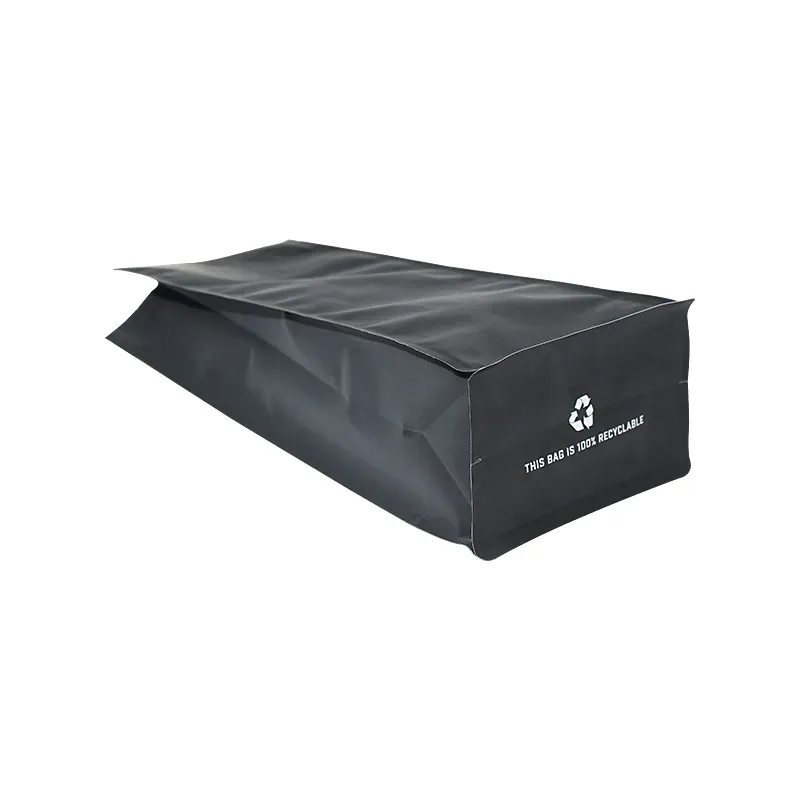- Afrikaans
- Albanian
- Amharic
- Arabic
- Armenian
- Azerbaijani
- Basque
- Belarusian
- Bengali
- Bosnian
- Bulgarian
- Catalan
- Cebuano
- chinese_simplified
- chinese_traditional
- Corsican
- Croatian
- Czech
- Danish
- Dutch
- English
- Esperanto
- Estonian
- Finnish
- French
- Frisian
- Galician
- Georgian
- German
- Greek
- Gujarati
- haitian_creole
- hausa
- hawaiian
- Hebrew
- Hindi
- Miao
- Hungarian
- Icelandic
- igbo
- Indonesian
- irish
- Italian
- Japanese
- Javanese
- Kannada
- kazakh
- Khmer
- Rwandese
- Korean
- Kurdish
- Kyrgyz
- Lao
- Latin
- Latvian
- Lithuanian
- Luxembourgish
- Macedonian
- Malgashi
- Malay
- Malayalam
- Maltese
- Maori
- Marathi
- Mongolian
- Myanmar
- Nepali
- Norwegian
- Norwegian
- Occitan
- Pashto
- Persian
- Polish
- Portuguese
- Punjabi
- Romanian
- Russian
- Samoan
- scottish-gaelic
- Serbian
- Sesotho
- Shona
- Sindhi
- Sinhala
- Slovak
- Slovenian
- Somali
- Spanish
- Sundanese
- Swahili
- Swedish
- Tagalog
- Tajik
- Tamil
- Tatar
- Telugu
- Thai
- Turkish
- Turkmen
- Ukrainian
- Urdu
- Uighur
- Uzbek
- Vietnamese
- Welsh
- Bantu
- Yiddish
- Yoruba
- Zulu
Exploring Innovative Techniques for Board Game Board Printing and Design Options
The Art of Board Game Board Printing
Board games have seen a renaissance in recent years as both a source of entertainment and a means to bring people together. The tactile experience of rolling dice, moving pieces, and strategizing with friends has a charm that digital games cannot replicate. A crucial element of the board game experience is the board itself, which serves as the canvas for gameplay and player interaction. The process of board game board printing combines artistry, technology, and functionality in a way that significantly impacts the final product.
Understanding Board Game Board Printing
Board game board printing refers to the process of creating the game board using various printing techniques and materials. This is not merely about putting ink on paper; it involves careful planning and execution to ensure that the board is not only visually appealing but also durable and functional under the rigors of gameplay.
The printing process consists of several steps. Initially, the design must be developed with consideration for both aesthetics and playability. This involves choosing a theme, selecting colors, and designing the layout. Designers use software like Adobe Illustrator or Photoshop to create high-resolution graphics that can be printed on large boards. Attention to detail during this stage is crucial, as any misalignment or poor resolution can detract from the game's overall appeal.
Materials Matter
The choice of materials for the game board is equally important. Common options include cardboard, chipboard, and various types of plastic. Cardboard is often favored for its balance of cost and durability, while chipboard offers a sturdier alternative that can withstand extensive use. Printed surfaces can also be coated with finishes such as UV coating or lamination to enhance durability and protect against wear and tear, allowing the board to last through countless game nights.
Printing Techniques
board game board printing

Several printing techniques can be employed depending on the design requirements and budget. Digital printing is commonly used for small runs of games due to its efficiency and ability to handle intricate designs with ease. For larger print runs, lithographic printing may be used, which allows for high-quality output at a lower cost per unit. This traditional method involves creating a plate for the design, which transfers ink onto the board, enabling vibrant colors and crisp images.
Each of these techniques has its advantages. Digital printing is versatile and suitable for custom designs, while lithography can produce a consistent color palette over extensive runs, making it ideal for widely distributed games.
The Role of Prototyping
Before embarking on large-scale board game board printing, designers often create prototypes. These initial versions allow designers to test gameplay and make necessary adjustments before committing to a final design. Prototyping can help identify issues such as layout confusion or gameplay mechanics that do not work as intended. This stage is crucial for ensuring that the final product is not only visually compelling but also functional and enjoyable.
Sustainability in Printing
As awareness of environmental issues grows, many board game designers are increasingly considering sustainable printing options. This includes using recycled materials, eco-friendly inks, and sustainable manufacturing processes. By prioritizing sustainability in board game board printing, creators can appeal to environmentally conscious consumers and contribute positively to the planet.
Conclusion
The world of board game board printing is a fascinating intersection of art, technology, and human interaction. Each board tells a unique story, crafted through meticulous design and innovative printing techniques. As the popularity of board games continues to rise, the importance of quality printing must not be overlooked. Whether through the vibrant images, sturdy materials, or innovative gameplay mechanics, the printed board is an essential element that enhances the player experience, making it a critical focus for any aspiring board game designer. In this evolving landscape, the commitment to detail and sustainability will undoubtedly shape the future of board gaming for generations to come.













